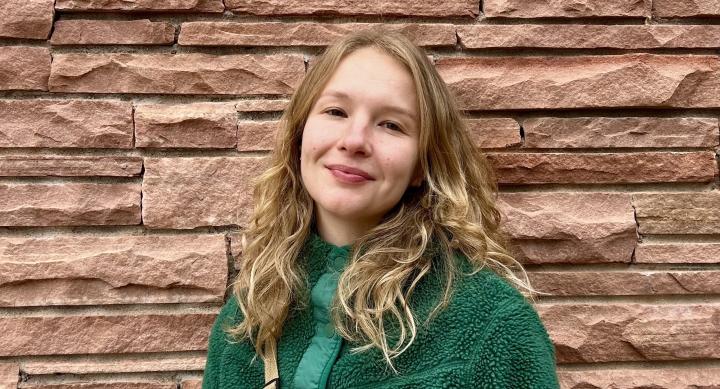
Prior to pursuing graduate study at The University of Texas at Austin, Ann Laudick had a career in feature film and television production as a second assistant director, location coordinator and producer. Her projects included “Minari” and “Reservation Dogs.”
Now a fourth-year Media Studies Ph.D. student in the Department of Radio-Television-Film, Laudick volunteered this past spring to assist curator Steve Wilson with the exhibition “Live from New York: The Lorne Michaels Collection” at the Harry Ransom Center, opening to the public on Saturday, September 20.
Michaels, the creator and executive producer of “Saturday Night Live,” donated his archive to the Harry Ransom Center this past January. “The Lorne Michaels Collection” documents his career in television from his earliest writing up through and including the nearly 50-year history of “Saturday Night Live,” the most Emmy Award-nominated show in television history.
Students, faculty, staff and Texas Exes can visit the Harry Ransom Center for a special preview of the collection at “Friday Morning Live! Campus Preview Day” on Friday, September 19, from 10 a.m.-2 p.m.
Laudick took some time out of her schedule to talk with the Graduate School about her studies and her work on the exhibition.
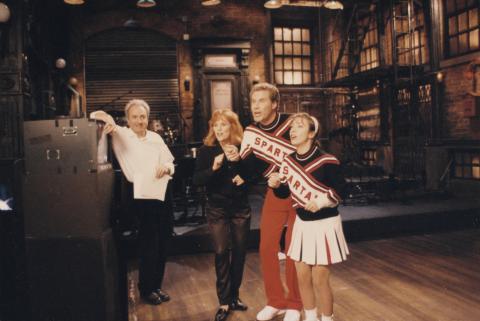
What drove you to pursue media studies?
What initially attracted me to studying media as an undergraduate seemed pretty straightforward at the time: I loved watching, thinking about and talking about movies and television.
What I might not have thought to articulate at that time was that my interest was grounded in a desire for collaboration, discussion and opportunities to think critically to investigate questions that were compelling to me. I loved the community that I saw forming around these conversations and interests and wanted to be a part of that community. Then, with the help of some incredible mentors, I learned that I also loved researching, writing and teaching.
I’ve had a relatively circuitous professional route and have been fortunate enough to have been a part of wonderful communities both studying media and working in media production. Returning to graduate school after working in media production, I’ve been interested in exploring how my production experience informed, enriched and complicated my perspective of studying media.
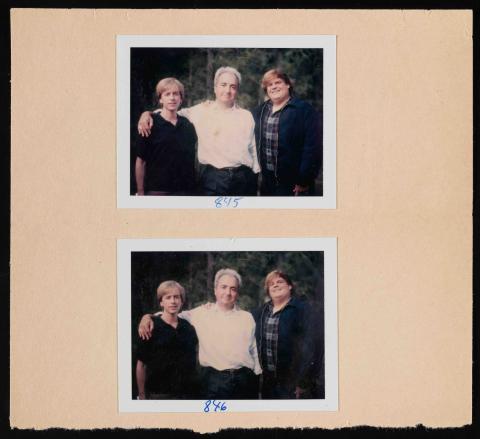
Can you describe the importance of the Harry Ransom Center's archives and resources for students, faculty/staff and the wider Austin community?
The significance of the Harry Ransom Center can’t really be overstated: access to a truly incredible space, immensely knowledgeable and helpful people, varied and rich collections, and thoughtful exhibitions. The HRC is such a remarkable asset to researchers and the community more broadly.
What did you contribute to the exhibition “Live from New York: The Lorne Michaels Collection?”
During the Spring 2025 semester, I assisted curator Steve Wilson with research in preparation for the opening of the exhibition this fall, which was a wonderful and exciting learning experience for me. Everyone at the HRC was extremely welcoming and the depth of that archive is so rich.
I volunteered a couple days a week assisting Steve Wilson prepare for the opening of the exhibition. Archivists Ancelyn Krivak, Amy Griffin and Neal Baker had also already been at work with the archive and were all so patient as I inevitably had a lot of questions and took a few days to get oriented.
For a typical day, I’d meet with Erica Nunn-Kinias and Steve to get an update on how plans for the exhibition had progressed/developed. Usually, Steve would have an objective for me to work on during the week: researching details about certain materials, locating specific items, or more broadly, materials that might orbit certain eras or cast members.
As a doctoral student interested in media industry studies, it was an amazing opportunity to get a glimpse into an incredible collection.
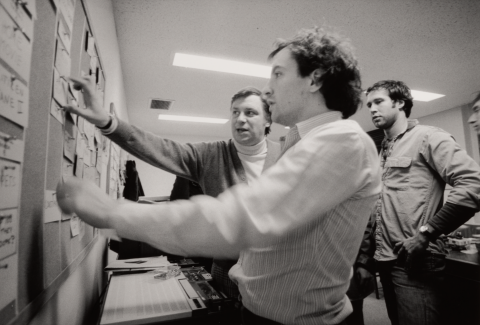
What have you learned about “Saturday Night Live” from digging through these archival materials?
One of the most striking things to me about this archive is how tangible it makes the magnitude of the amount of work that goes into making anything, but especially a show like “Saturday Night Live.” It’s such a specific style and format, and having access to evidence of that through traces of production materials, from production notes to photos and beyond, creates a whole lens to understand the how “SNL” fits into the larger category of the media industry. Beyond “SNL,” there are production materials related to many of the films and other television shows that Lorne Michaels has been involved in.
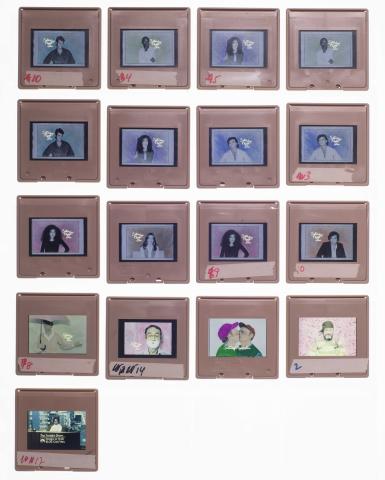
How does your work with the exhibition relate to your own research interests?
I was drawn to memos and notes and other items related to production, whether from “SNL” or Michaels' other extensive work in film and television. My primary research focus is on the American film and television industry, with a particular interest in how production work is organized and experienced in local production communities. My current research is focused on historical and contemporary constructions of space and on-set production processes.
Why did you decide to study media industries at UT?
I decided to attend UT for a number of reasons, but a defining motivation originated from my conversations with other graduate students. The students that I spoke with seemed to have a genuine connection with their classmates and colleagues. They spoke enthusiastically about their academic interests, research and work, but were also equally animated when talking about their mentors, students and communities.
How has UT helped you further your interests and goals?
I’ve found so many rewarding opportunities to further my interests and goals at UT, particularly with regard to developing my approach to teaching and education.
It has been such a delight to both take courses led by incredible educators and to serve as a teaching assistant. As a TA, I’ve been so impressed by the amazing work that UT students are involved in. As a student, it’s been a privilege to learn how to teach from passionate, professional and empathetic educators.
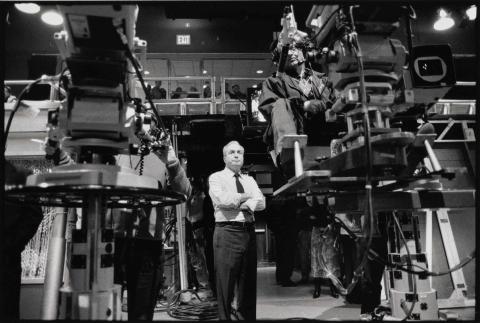
What are some of your favorite items from the Lorne Michaels Collection?
Once I got to spend a little time in the archive, I was fascinated with the fan correspondence, which includes letters and notes that are extensive, really compelling and rich texts that span decades and provide snapshots into the culture at the time. It was such a pleasure to leave the archive every week absolutely delighted by something I'd seen.

